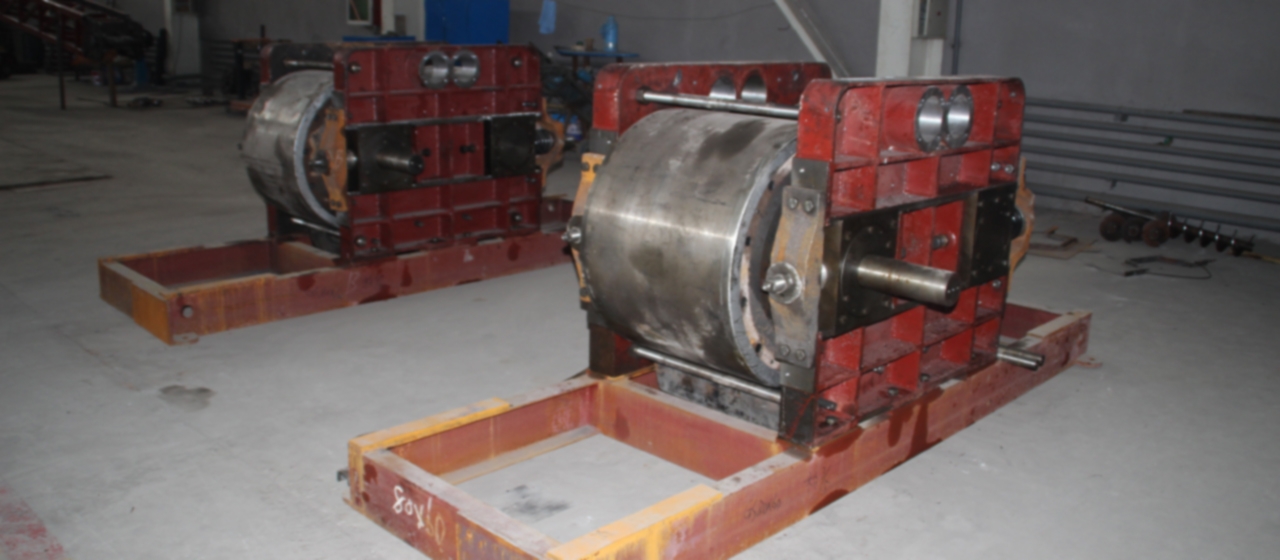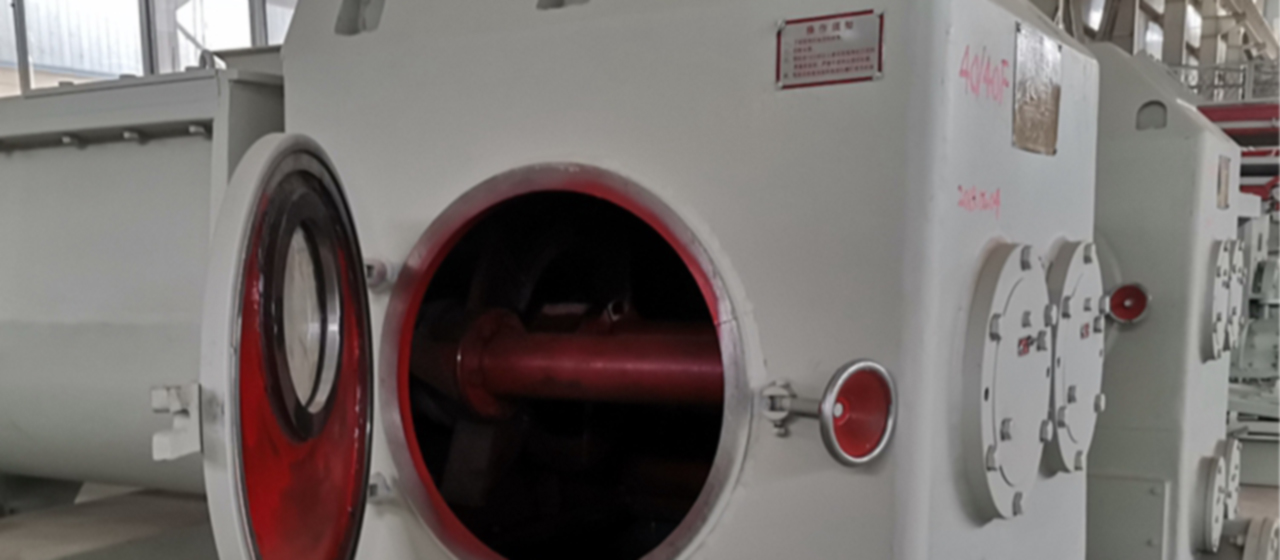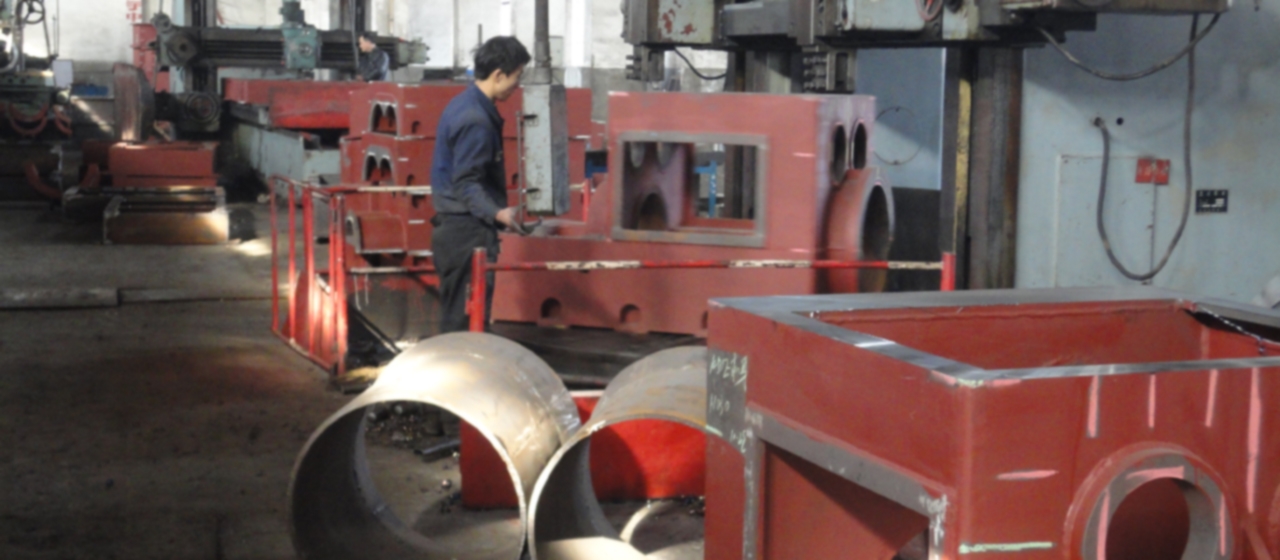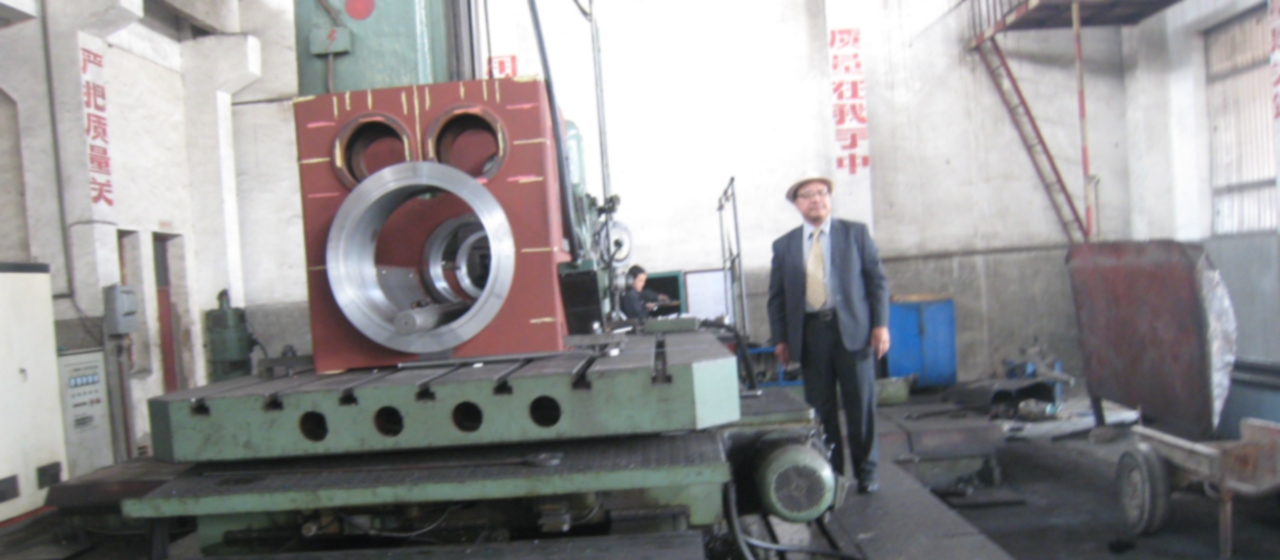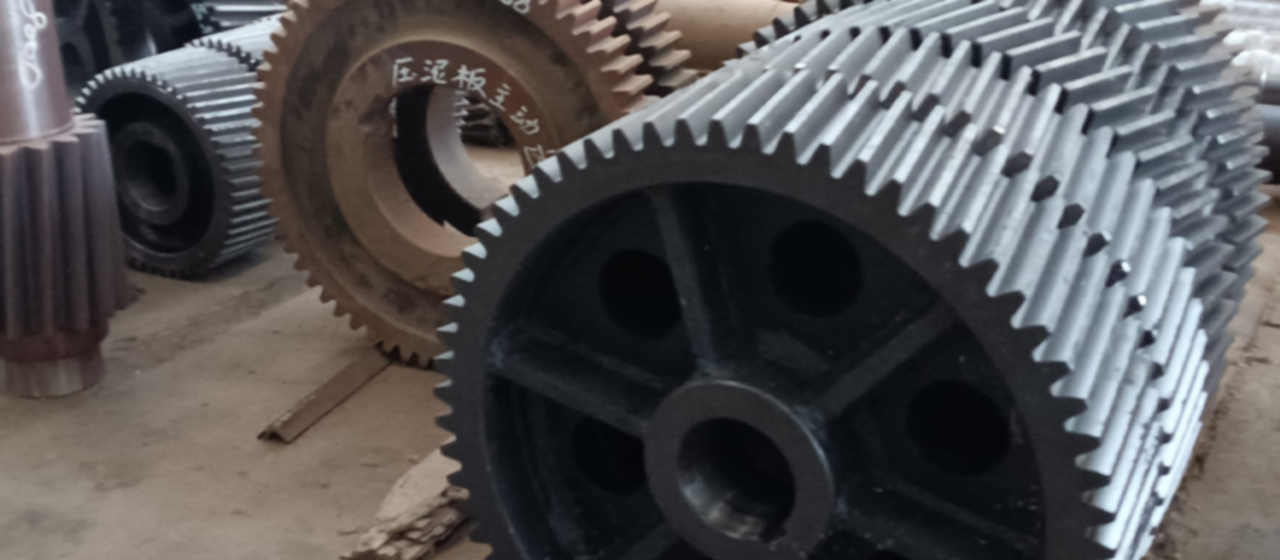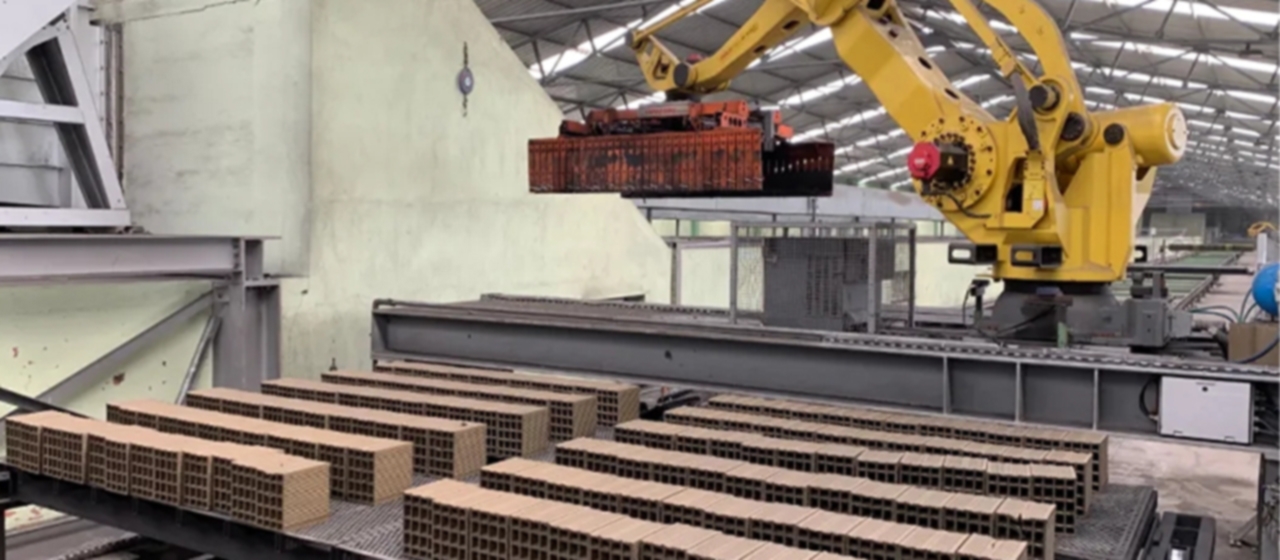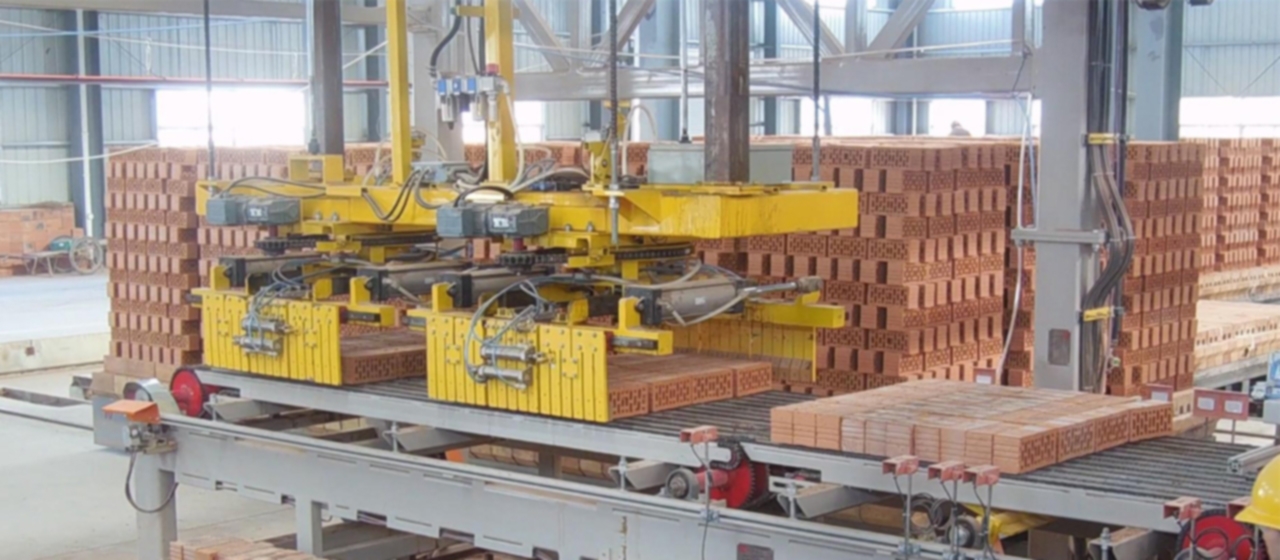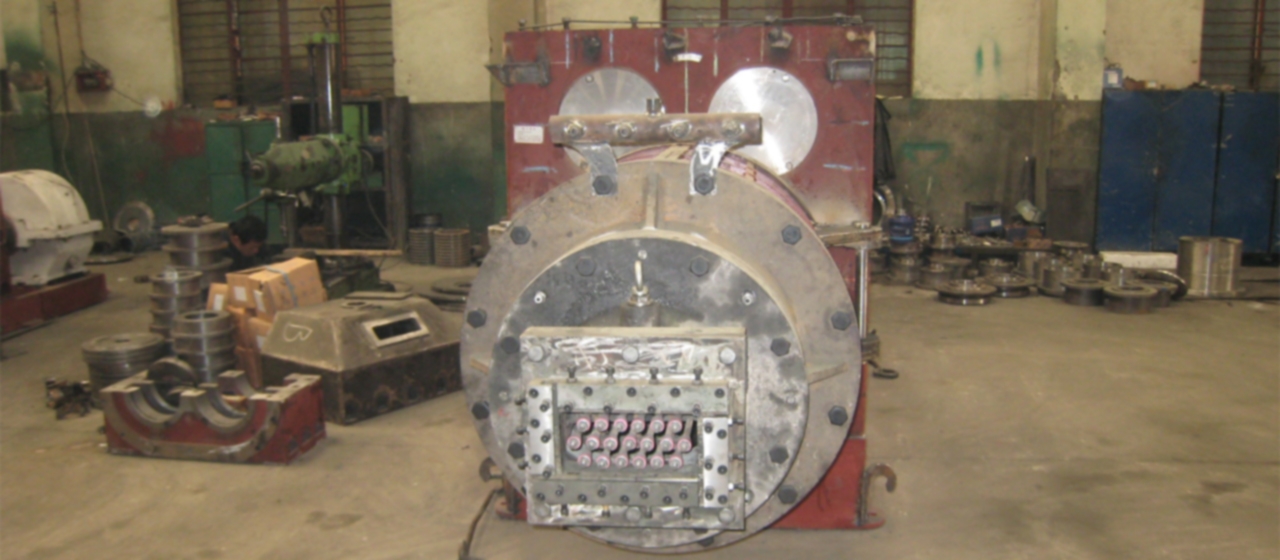The strength of bricks
The strength of sintered bricks is of concern to major construction units, and there are many technical measures to improve the strength of sintered bricks. Below are a few brief introductions:

1. Increase the molding pressure of the brick machine
The increase in molding pressure of the brick machine leads to an increase in the density of the bricks. Only by increasing the density of the adobe. Only by increasing the density of the adobe can high-strength sintered bricks be fired. Practice has shown that bricks with a molding pressure of (2.2-2.3) MPa generally have a compressive strength of (13.9-15) MPa when fired, while bricks with a molding pressure of 3 MPa can easily reach a compressive strength of 20 MPa when fired.
2. Appropriately increasing the temperature of sintered bricks
The strength of bricks produced by the same raw materials and brick machines varies depending on the roasting temperature. The test results indicate that the compressive strength of bricks increases with the increase of the tunnel kiln roasting temperature.
3. Extend the insulation time appropriately
The same sintered brick raw materials, the same brick machine, the same heating and cooling speed, the sintering temperature is all 900 ℃, and the insulation time is different, so the compressive strength of sintered bricks is also different. Appropriate insulation time is beneficial for improving the compressive strength and quality of sintered bricks.

4. Recommend using low-temperature long burning
Nowadays, sintered bricks are commonly mixed with internal combustion, and “high-temperature short firing” is often used to increase production. Practice has proven that using the “high-temperature short burning” firing method for internal combustion conversion can increase production, but it has a certain impact on product quality. Products often have defects such as black centers, black scars, cracks, and embossing, and their compressive strength is also reduced. More importantly, it increases coal consumption, wastes energy, and is detrimental to protecting the ecological environment. Therefore, it is recommended to adopt the method of “low-temperature and long-term burning”. Using the low-temperature long burning method, under the condition of internal combustion of about 80%, the temperature range from (650 to 900) ℃ should not be less than 6 hours; The interval from 900 ℃ to the end of product sintering should not be less than 6 hours. In this way, it takes a total of 12 hours for the internal combustion at the center of the billet to fully burn, playing a role in fully utilizing all thermal energy.

